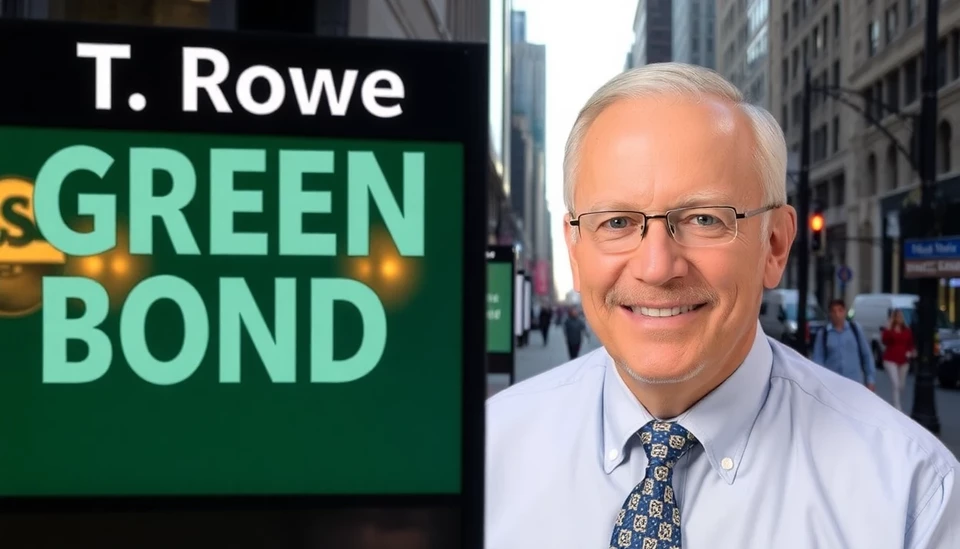
In a striking shift in the financial landscape, T. Rowe Price has recently indicated that green bonds are becoming increasingly less attractive for U.S. issuers. This revelation comes as a significant development in the ongoing evolution of environmentally-focused investment strategies and raises questions about the future trajectory of sustainable financing in the United States.
Green bonds, which are fixed-income instruments designed specifically to fund projects that have positive environmental impacts, have seen a surge in popularity over the last decade. However, T. Rowe Price, a prominent global investment management firm, is now reporting a trend that contradicts this growth, particularly in the U.S. market.
According to analysts at T. Rowe Price, various factors contribute to the diminishing appeal of green bonds for domestic issuers. A pivotal factor is the increasing scrutiny surrounding the issuance of these bonds and the corresponding standards that govern them. There’s a growing concern among investors and issuers alike that some green bonds may not live up to the environmental claims made by issuers, leading to skepticism about their genuine impact. This has prompted calls for more stringent regulations and transparent reporting practices.
Another significant aspect affecting the green bond market is the rising interest rates. Higher borrowing costs can make green bonds less appealing as issuers weigh their options in a more expensive capital market. Potential issuers are finding it challenging to justify the relatively high cost of issuing green bonds compared to traditional financing methods, especially in an environment where monetary policy is becoming more hawkish.
Moreover, the comparatively niche appeal of green bonds among certain investor segments has also contributed to the slowdown. While a growing number of investors are prioritizing sustainability, many still hesitate to engage with green bonds due to concerns over liquidity and returns compared to conventional investments. This could limit the potential market for issuers looking to tap into green financing.
Despite these challenges, some market participants remain hopeful regarding the future of green bonds. There are ongoing discussions within regulatory frameworks about how to enhance the credibility and attractiveness of green bonds. Initiatives to establish clearer labels and standards for what qualifies as a "green" project could help restore confidence in the market, enticing more issuers back to the fold.
While the current sentiment surrounding green bonds in the U.S. may be cautious, the long-term perspective on sustainable finance remains optimistic. As the global community increasingly prioritizes environmental sustainability, the demand for green financing solutions is unlikely to disappear. However, as T. Rowe Price suggests, a reevaluation of strategies may be needed to revive interest and investment in this essential segment of the financial market.
As the market evolves, stakeholders will need to adapt to new realities, ensuring that the green bond ecosystem continues to thrive in a way that aligns financial incentives with environmental goals.
#GreenBonds #InvestmentTrends #SustainableFinance #TRowePrice #MarketShift #EnvironmentalImpact #BondMarket #InterestRates #InvestmentStrategy
Author: Sophie Bennett




